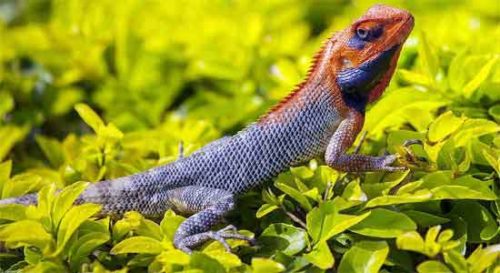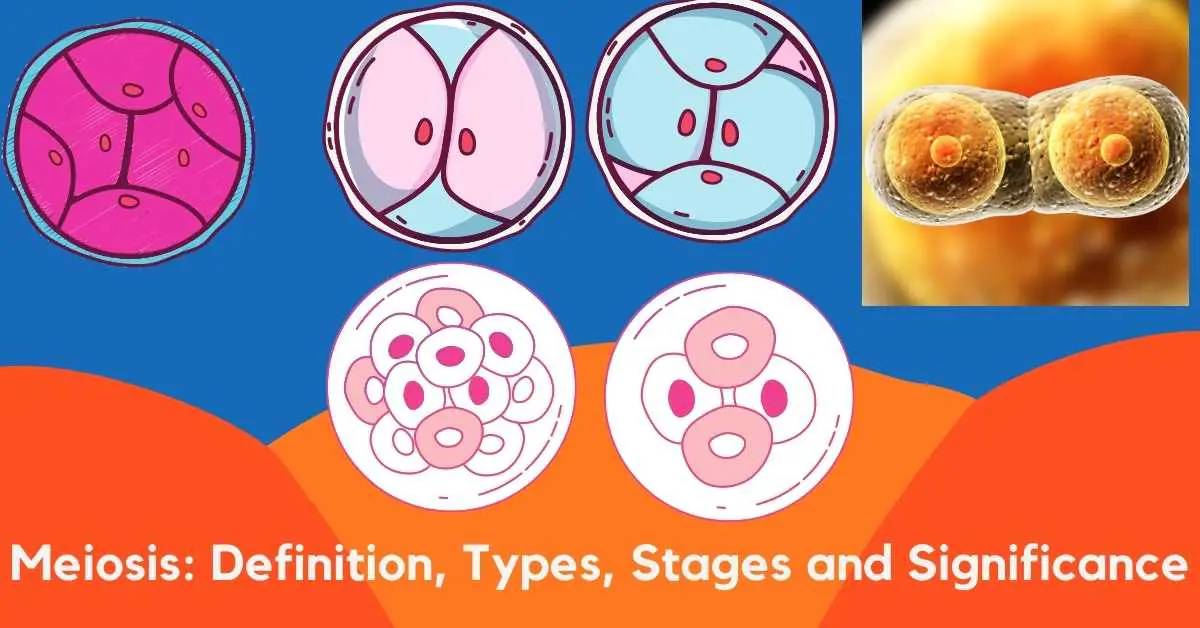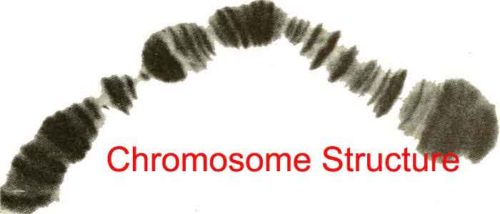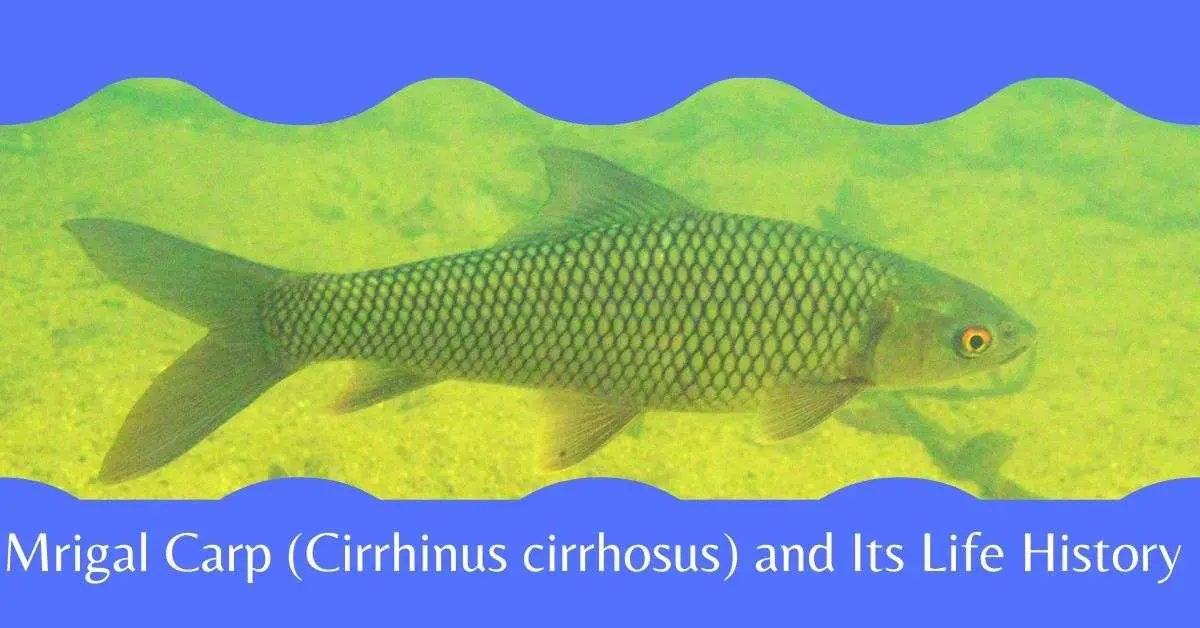Endocrine Glands: Hormones, Functions and Disorders
There are two types of glands in the body such as endocrine glands and exocrine glands. Endocrine glands are also known as ductless glands that constitute the endocrine system. The endocrine system forms network in the body and produce hormones directly into the blood stream. Endocrine glands perform various functions in the body. They influence … Read more






